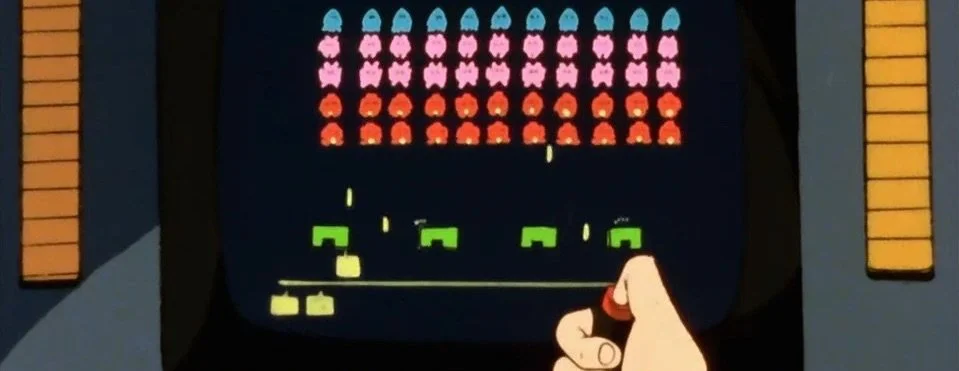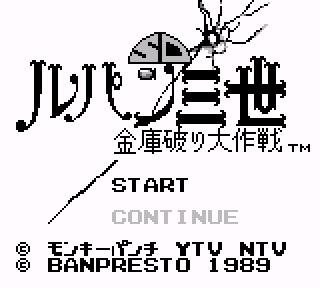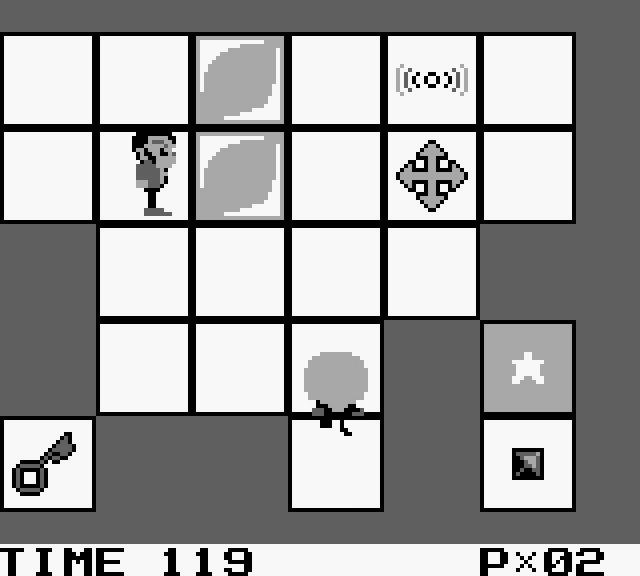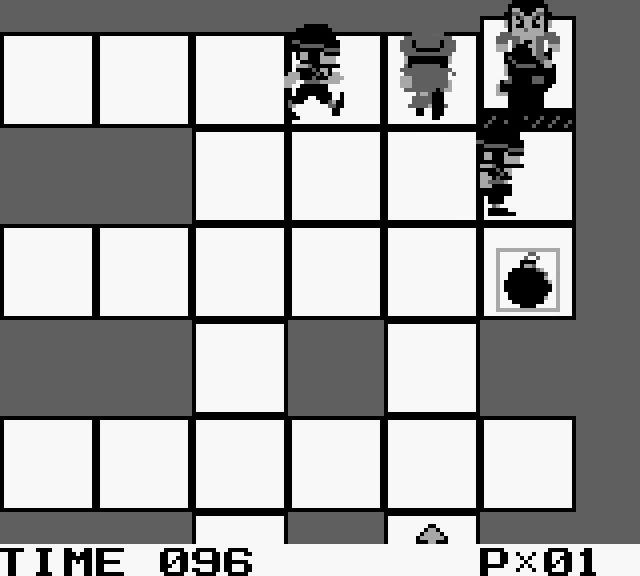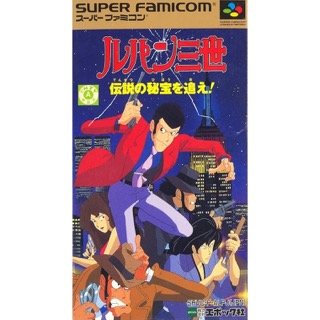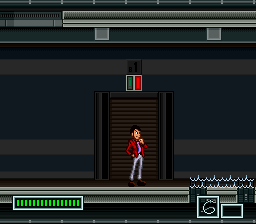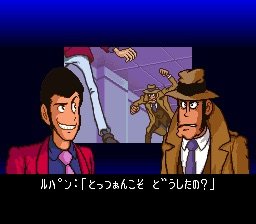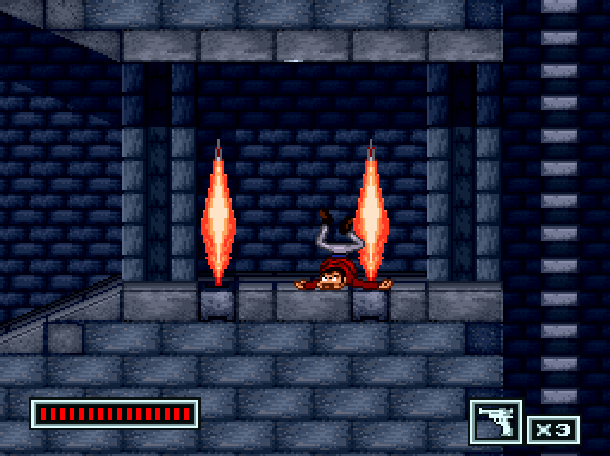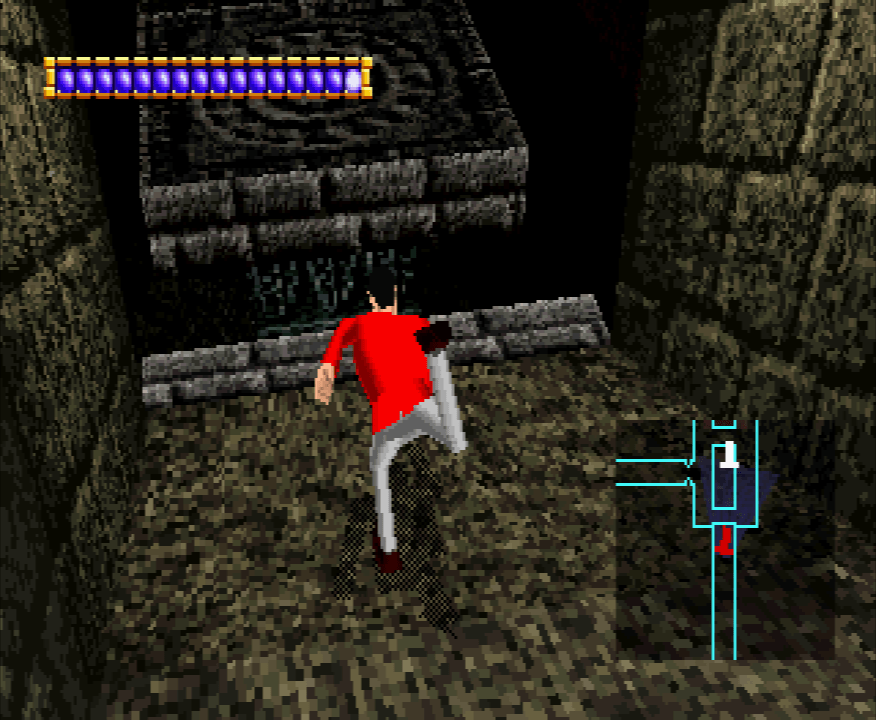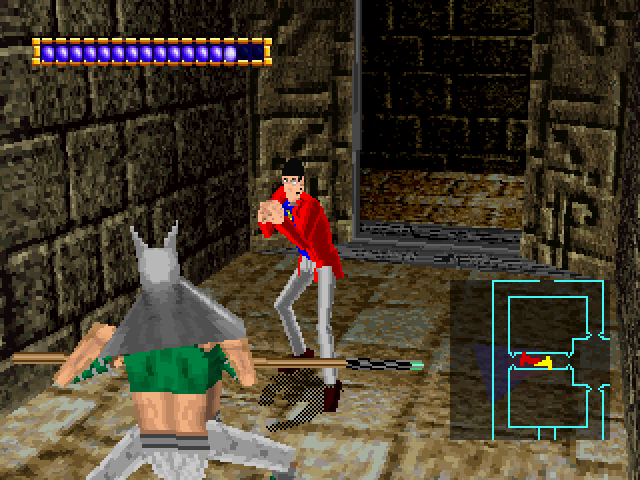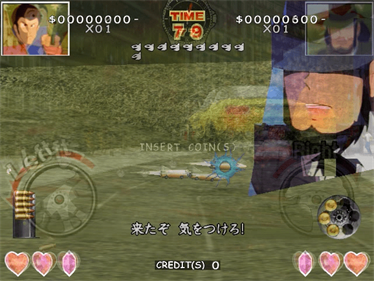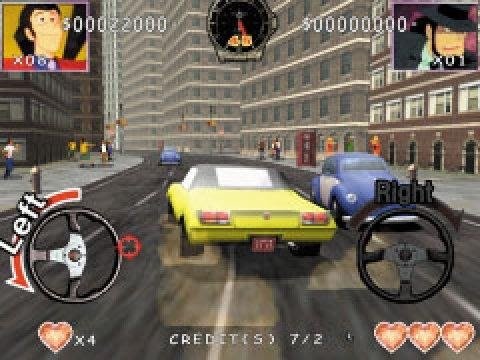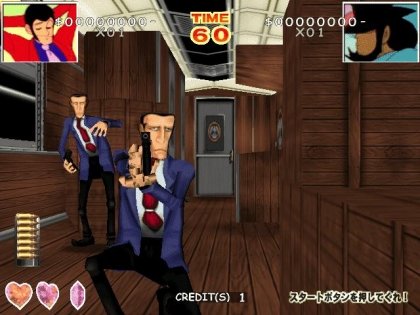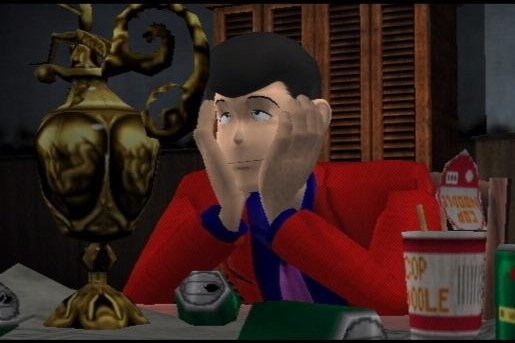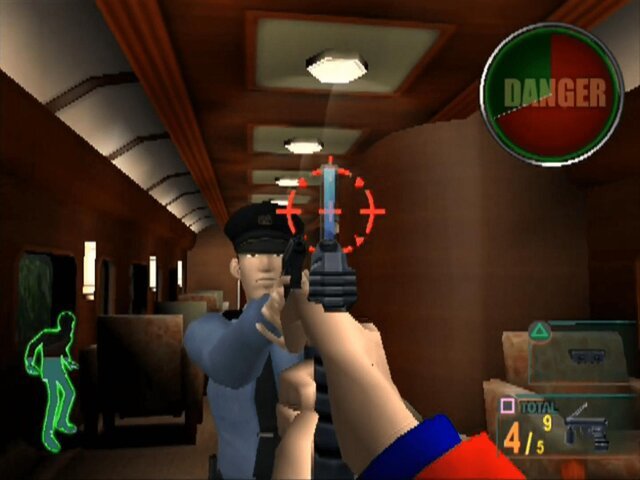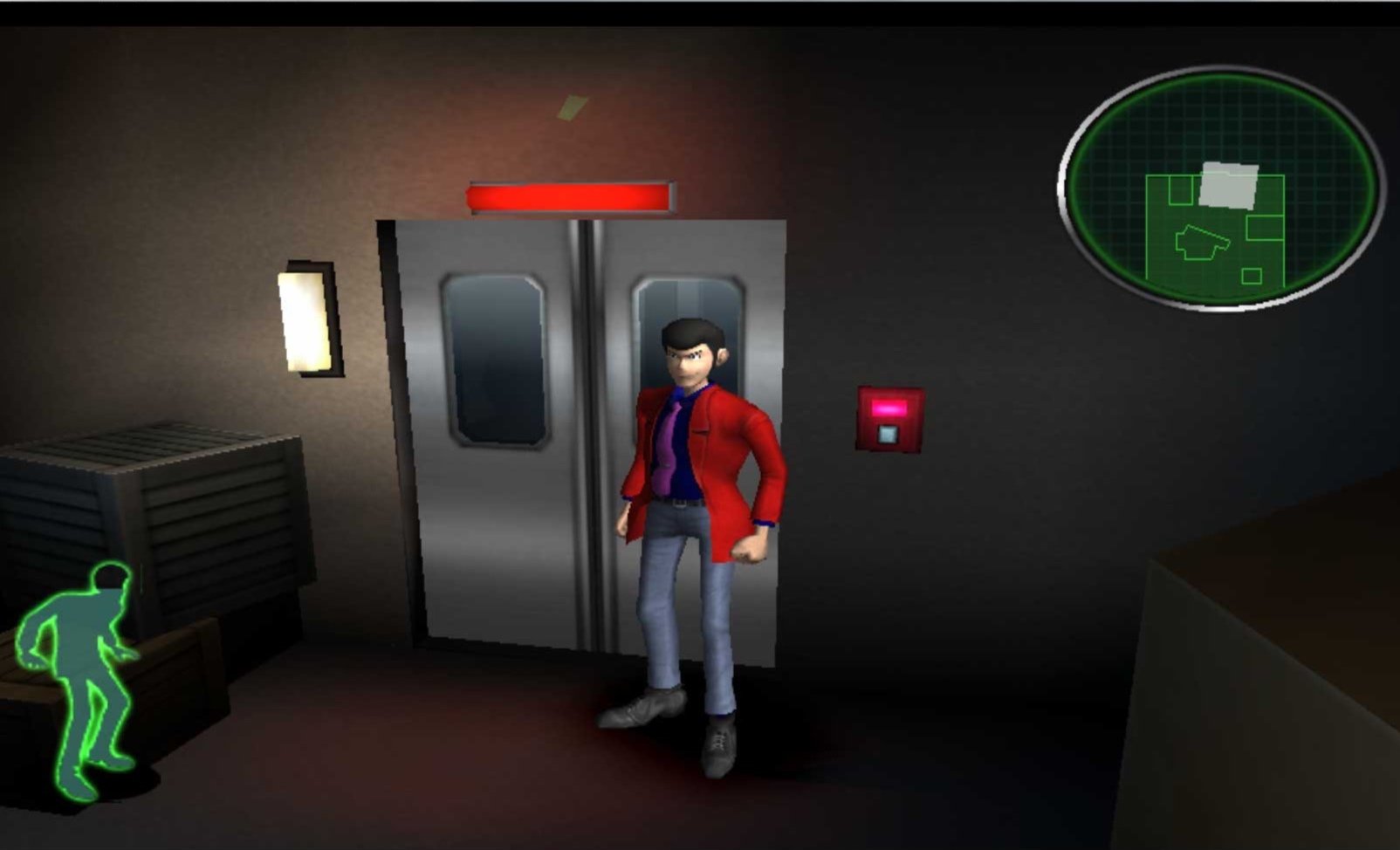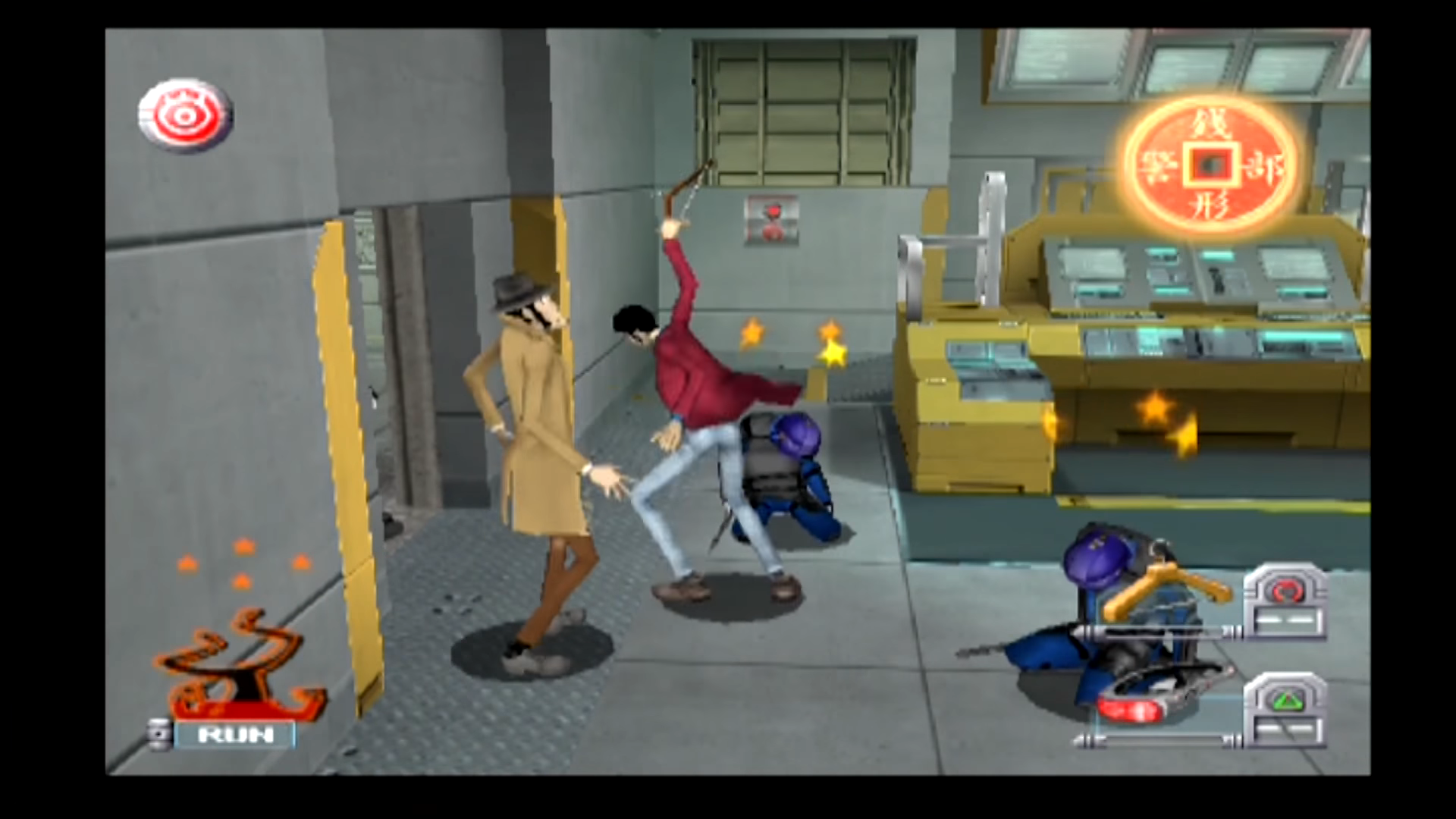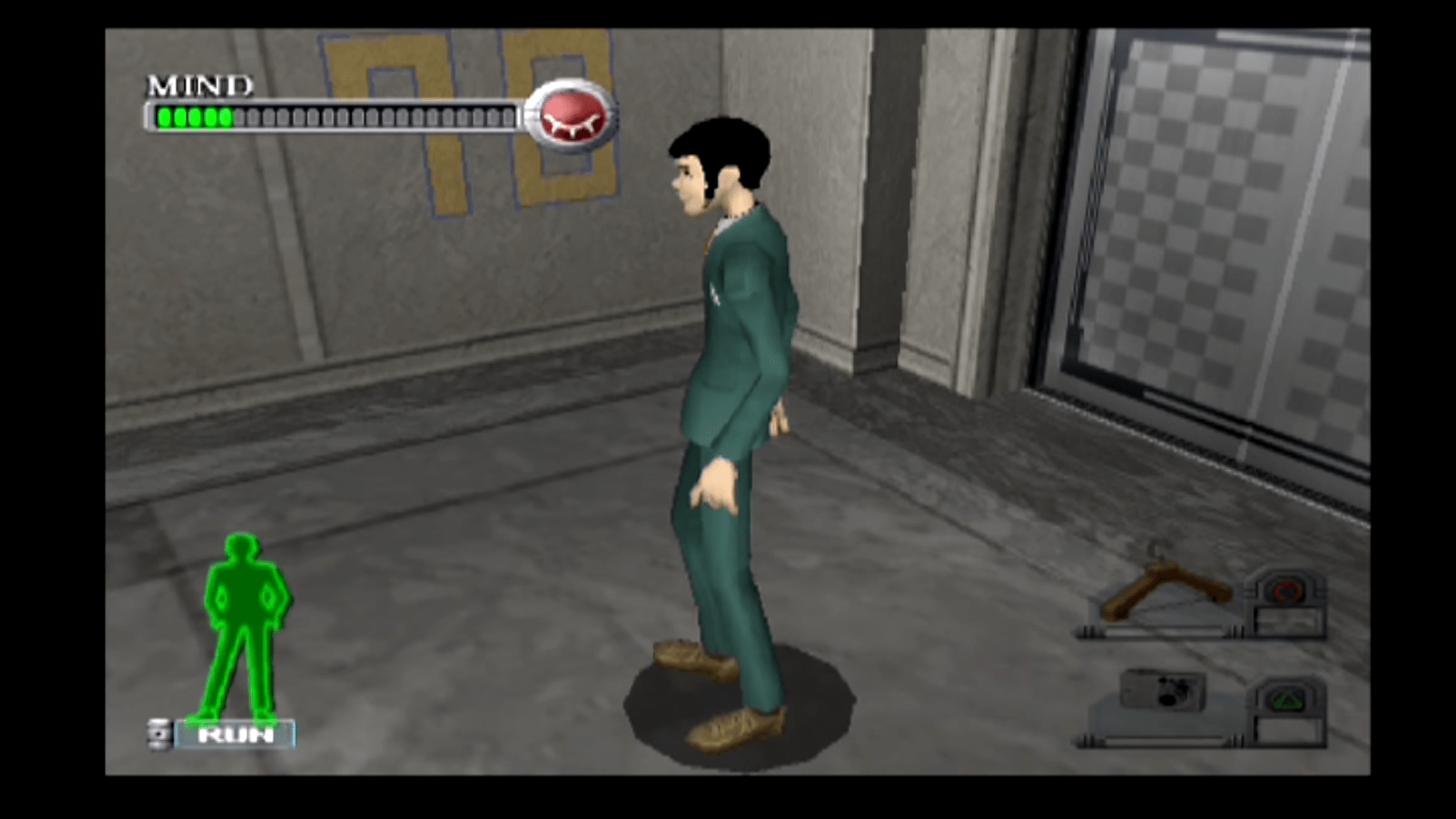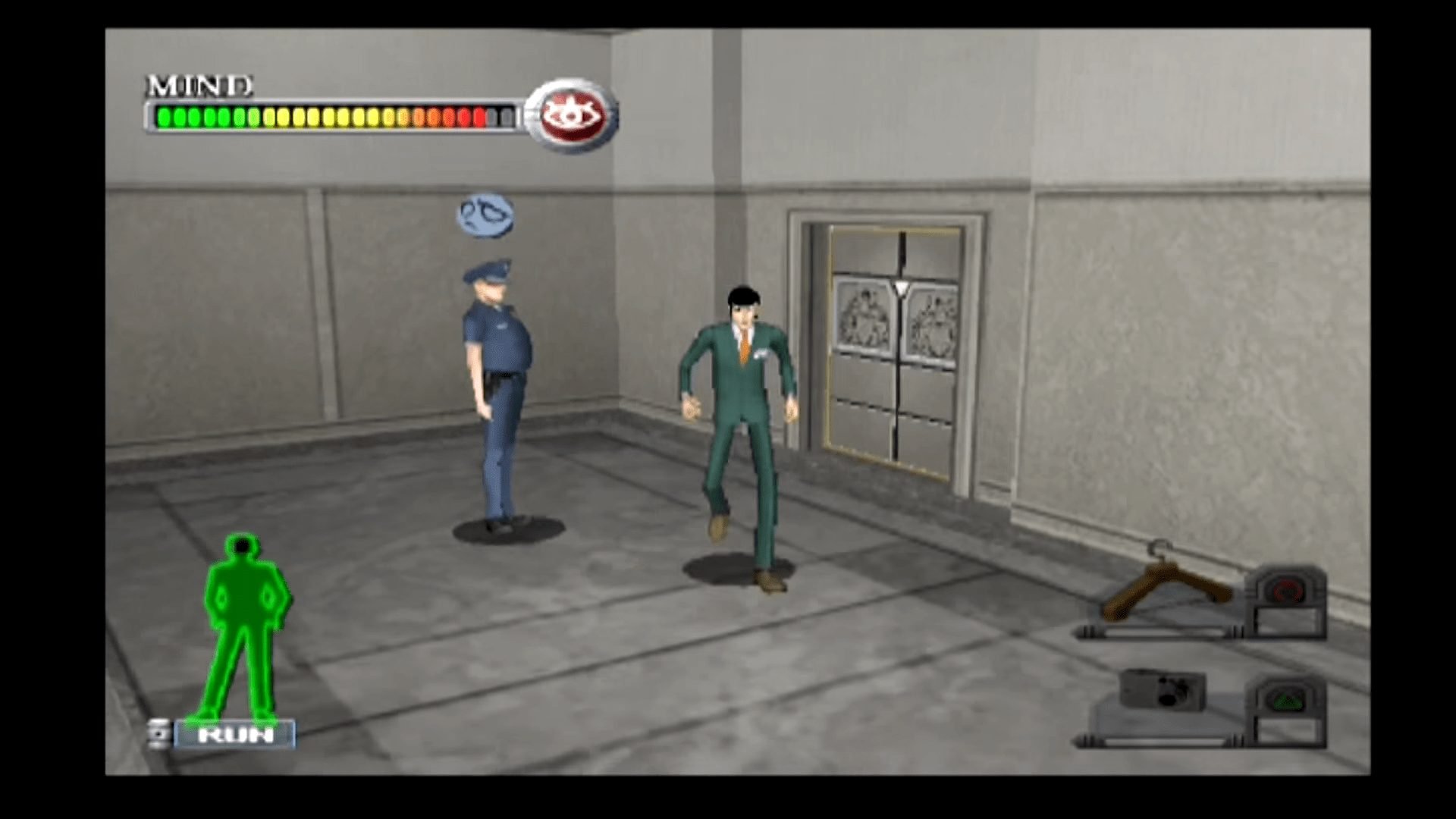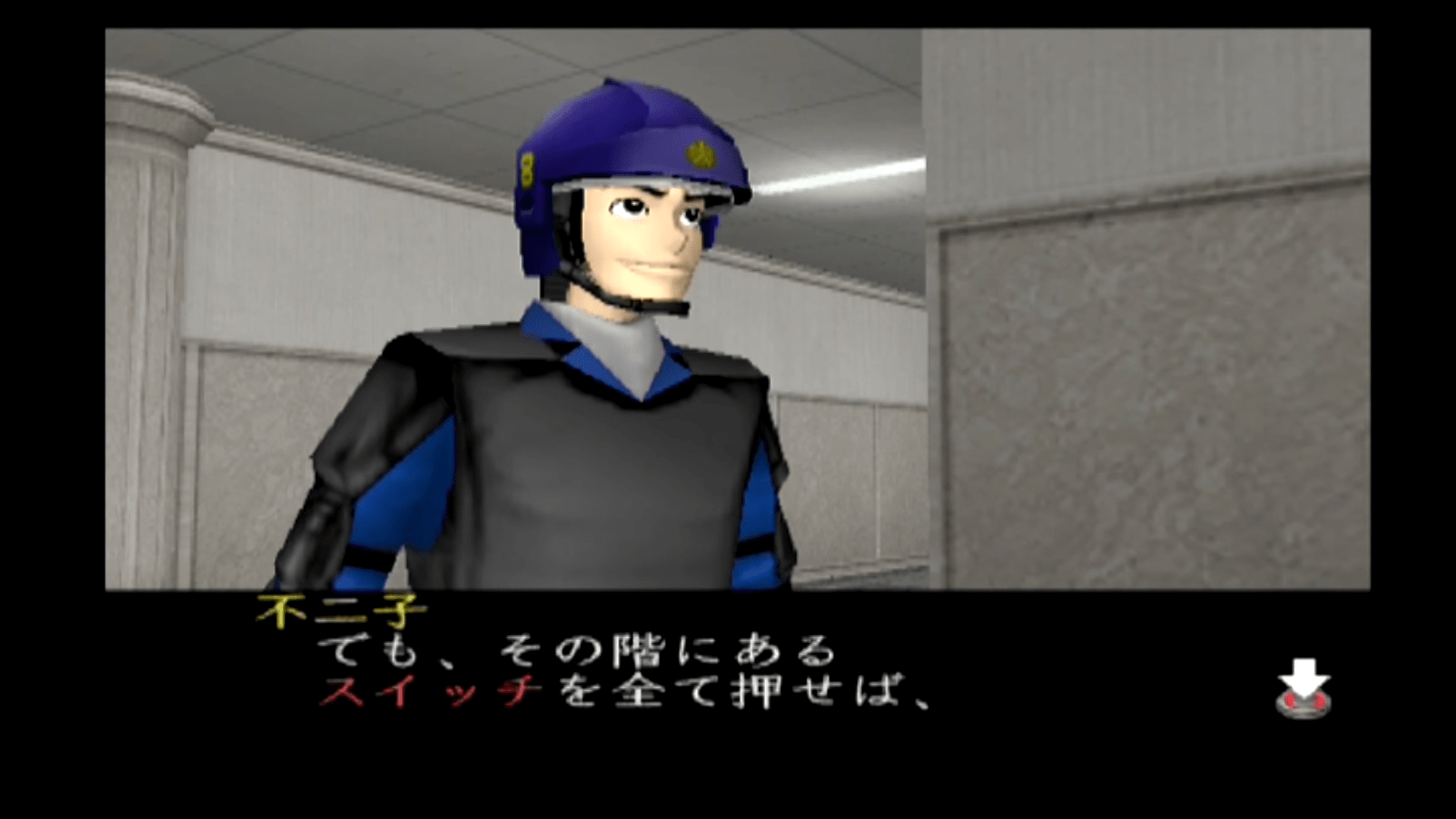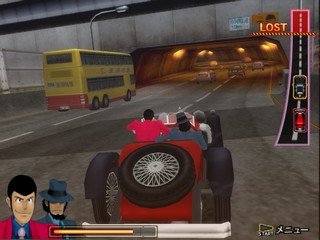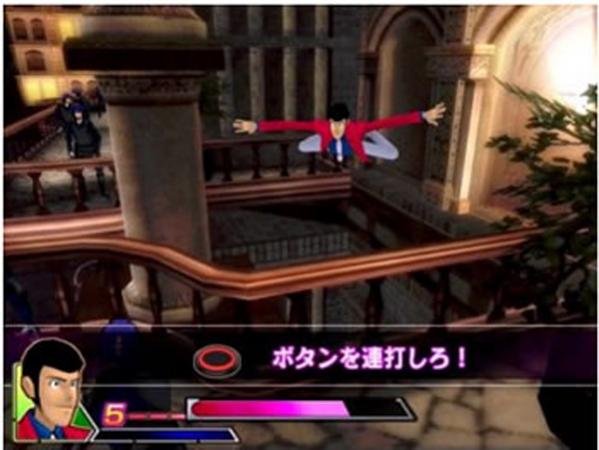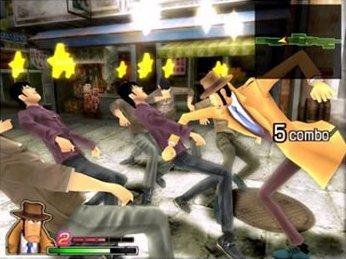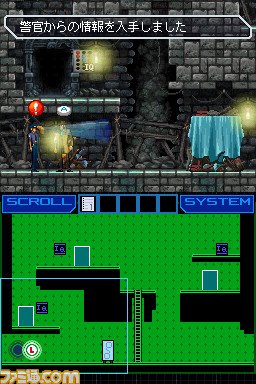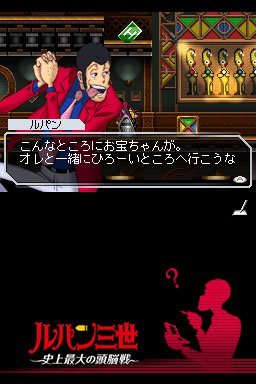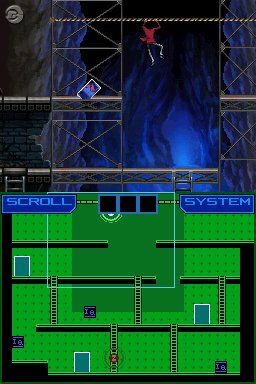Some 8-Bit Thief: A Brief Intro to Lupin the 3rd Video Games
Wow.
Video games! You love them, I love them, everybody loves them. If you’re reading this, you also probably love Lupin the Third. Do you see where this is going?
Since 1980, 23 licensed video games featuring the beloved protagonist have been released on everything from the Epoch Super Cassette Vision to the Nintendo DS. The following article covers ten of those 23 for two formally composed reasons -
Staff Writer Ayden does not speak a single word of Japanese or Italian, the very language that the majority of these games are presented in. But don’t worry, dear reader— with the help of Google Translate and some lucky guessing, he persevered.
Staff Writer Ayden recognizes that not everyone who frequents Lupin Central dot com has an interest in video games, so opting for an eclectic list of ten seemed to be the best choice.
That being said, this article covers at least one of each genre featured in the Lupin gamography and all games featured were completed or at least played by the writer.
Rupan Sansei
(JP: 1980)
Taito Arcades
Wow! This game is old!
The one that started it all. Rupan Sansei released on Japanese arcades in the year of your lord, 1980. You see control of the titular character as you steal comically large bags of cash located at the top of the screen, and drop it off at designated points along the bottom. This is all while avoiding what I assume to be dogs and various INTERPOL officers. The game design is consistent with that of its contemporaries, with many coin eaters of the early 1980s asking players to complete a relatively simple traversal puzzle while avoiding pursuing enemies— think Pac-Man, BurgerTime, and Q*bert!
Can you spot Lupin? Hint— he’s the yellow one!
Important as this may be for the history of the franchise, this feels like Lupin the 3rd in name only. Featuring a whopping five colors, hardware limitations kept this from being able to depict any resemblance to the source material, so what you're left with is a game that could be called “Cops and Robbers” and not much would change. Though I will say that the actual arcade cabinet looks lovely.
Cliff Hanger
(NA: 1983)
Laserdisc Arcades
Wow! This game is cool!
Fun fact - Lupin’s US film debut occurred in 1985’s The Goonies because of this game!
Powered by Laserdisc, Cliff Hangar is an interactive movie using the works of Castle of Cagliostro and Mystery of Mamo to tell an “original” story of Cliff (Lupin), Jeff (Jigen), and Samurai (Goemon) as they attempt to stop an evil count by the name of Draco (Caglisotro). Using directional inputs, a player would make decisions while a scene would play, choosing the correct input at the right time would advance the story. This game is notorious for using the hanging scene from Mystery of Mamo as the GAME OVER screen. So yes, if a child were to incorrectly input a command in the game, they were met with a scene of “Cliff” being hung. Weird!
Guys! You weren’t supposed to take “Cliff Hanger” literally!
This game has grown quite a cult following since its initial failure to generate revenue akin to its contemporaries like Dragon’s Lair.
SD Lupin the 3rd: Operation to Break the Safe
(JP: 1990)
Nintendo Gameboy
Wow! This game is cute!
Lupin’s first adventure into the world of handheld gaming came in the form of SD Lupin Sansei: Kinko Yaburi Daisakusen (SD Lupin the 3rd: Operation to Break the Safe), released on Nintendo’s Game Boy exclusively in Japan. The puzzle platformer sees an 8-bit Lupin traverse a grid based room, looking for keys, avoiding traps and show themed enemies, and you guessed it, breaking safes. Despite the simplistic art style, it became surprisingly addicting and fun to play. Each basic tile is able to be interacted with by raising and lowering, allowing for a further jump, or avoiding enemy attacks. As the game progresses, speciality tiles are introduced that explode, force you to move in a designated direction, or create a completely new playable space.
Each level is based off of a well known enemy from Lupin’s cannon, including Zenigata, Mamo, Count Cagliostro, Pycal, and oddly enough the Robot from Part II’s finale. Each level has unique enemies, and even the opportunity to phone a friend for assistance, like an adorable 8-bit chibi style Jigen.
Lupin the 3rd: Hunt For the Treasure of Legend!
(JP: 1994)
Nintendo Super Famicom
Wow! This game is hard!
Jumping forward four years finds Lupin on the Super Famicom (known as the Super Nintendo Entertainment System elsewhere). Densetsu No Hihou wo Oe! (Hunt For the Treasure of Legend!) is a side-scrolling action platformer starring the beloved thief in an original adventure. Since moving to more powerful hardware, Densetsu No Hihou wo Oe! features a 16-bit rendition of Part II’s intro and theme. It's honestly pretty cool.
With the presentation being a huge step-up, the gameplay sees a dramatic overhaul compared to previous entries as well. Lupin is able to crawl, climb, swing, and fight his way through large stages, avoiding traps and other enemies.
Lupin the 3rd: Sage of the Pyramid
(JP: 1998)
SEGA Saturn
Wow! This game is chunky!
Rolling into the 5th generation of video games consoles sees a polygonal Lupin the 3rd raid tombs, fight Mummies, and exploit a broken sliding mechanic. For those unaware, the tail end of the 90s witnessed the infancy of popular 3D graphics, so while this game does control in a full 3D environment, the camera is just as much an antagonist to Lupin as Inspector Zenigata. But, since the game is on more powerful hardware, we get voice acted performances and original cutscenes! Yay!
This basis of gameplay consists of dungeon (or, more accurately, tomb) exploration, light puzzle solving, and clunky fighting. I found myself more often than not running towards an enemy and attacking with a reckless barrage of swings. Though I guess in some ways this is accurate to the Part II source material. The highlight of the game is its conclusion, which sees Lupin, Zenigata, and Jigen fistfight a group of Mummies. Or perhaps it was men dressed-up as mummies? Some things get lost in the Japanese text…
Lovely stuff.
Lupin The 3rd: The Shooting
(JP: 2000)
SEGA Naomi Arcade
Wow! This game is hard to emulate!
Did I say emulate? Whoops.
Having survived Y2K, SEGA produced a light-gun arcade game based off of a select number of Lupin the 3rd: Part 2 episodes. Player one controls Lupin and his Walther P-38 and player two helms Jigen and his Smith & Wesson Model 19. The only reason I made any distinction between the choice of firearm is because the game actually abides by them. Player one gets eight rounds, player two gets six. Though I could not confirm this, player two’s firearm seemed to be more powerful than player ones. Small touches, but they add up to actually make the game feel distinct from other arcade shooters and accurate to the source material it is based on.
It is also interesting to see SEGA’s attempt at making the choice episodes of Part II more action packed. For example, one mission, based on episode 24, “The Lair of the Land Shark,” sees the player shooting waves upon waves of the “Iron Lizard” bombs heavily featured in the episode.
Lupin the 3rd: Treasure of the Sorcerer King
(JP: 2002, NA: 2004, EU: 2005)
Sony Playstation 2
Wow! This game must have been expensive to make!
Rupan Sansei Majutsu-Ou no Isan (Lupin the 3rd: Treasure of the Sorcerer King) has it all— a Yuji Ohno soundtrack, the Pioneer English dub cast, multiple playable characters, an original story, and fun gameplay. Probably one of the most popular Lupin the 3rd video games due to its wide(r) spread release in Japan, the US, and Italy, Treasure of the Sorcerer King does a great job at adapting the source material into a fun (albeit, clunky) stealth action game.
Taking control of Lupin, Jigen, and Goemon, players are able to sneak, steal, and fight their way through a variety of levels, all while enjoying a story that perfectly encapsulates the fun of Lupin’s best OVAs and films. Treasure of the Sorcerer King is one of the easiest to recommend out of the entries covered thus far, if not for anything else but the game’s hilarious (and slightly stilted) early 2000s PS2 English dialogue. Seriously, Lex Lang and Richard Epcar are really great in this one.
Lupin the 3rd: The Legacy of Columbus’ Inheritance
(JP: 2004)
Sony Playstation 2
“Two steps forward, one step back” encapsulates The Legacy of Columbus’ Inheritance. Oh, erm, wow?!
The next Japan exclusive entry in Lupin and the gang’s adventure on the Playstation 2 streamlined many of the clunky issues that plagued the previous installment, but in the process lost a lot of the aspects that made it so much fun to begin with. Columbus’ Inheritance adds many new gameplay mechanics, including gadgets and more open level design, that are a net positive. But since the game takes place primarily inside a single location (a really, really tall tower) the final package is missing the variety in location and narrative premise that Treasure of the Sorcerer King had in abundance.
The highlight of the gameplay is in the more frequent use of stealth and disguises. The multiple playable characters are nice as each are able to bring their skills to the table, and create some needed variety in the moment to moment gameplay. For example, Lupin is able to use a variety of disguises to sneak past guards, Fujiko is able to use her feminine charm and woo them, and Jigen… well Jigen can use the much less subtle approach via a gun.
Lupin the Third: Lupin is Dead, Zenigata is in Love
(JP:2007, EU: 2008)
Sony Playstation 2
Wow! This game has some false advertising. Lupin is very much not dead in this game.
Lupin is Dead, Zenigata is in Love ends the PlayStation 2 Trilogy with a bang. Building upon the foundation laid by the last two entries, the conclusion fleshes out almost all the series’ gameplay components. Stealth and evasion as Lupin is surprisingly fun and fluid, and the more action focused gameplay of Inspector Zenigata is equally engaging. The biggest draw back of this game though is in its limited release. Treasure of the Sorcerer King is the only game in the trilogy to get an English release, and while Lupin is Dead, Zenigata is in Love did get a PAL release, the only hope of full English text is through fan patches.
The gameplay follows that of the former entries. Although, the inclusion of Zenigata does add some variety to the formula, whose sections are much more focused on offensive combat than Lupin’s defensive stealth. The rest of the gang make an appearance as well through the use of intermittent mini-games.
Overall, a solid entry to close out the PlayStation 2 adventures.
Lupin the 3rd: The Greatest Brain Battle in History
(JP: 2010)
Nintendo DS
Wow! This game is confusing when you don’t speak Japanese!
Well, we began our journey in 1980, now we end it 30 years later in 2010. Lupin’s video game swan song once again finds itself on a Nintendo handheld. Much like his first adventure on portable hardware, The Greatest Brain Battle in History is a puzzle platform, but this time utilizing the DS’ stylus and touch screen for a variety of puzzle solving. While not the most diverse game featured on this list, The Greatest Brain Battle in History lives up to its name by being a clever and well-made puzzle game that features an amount of polish unseen in many of the previously covered entries. Except for a part of the game that want you to blow into the DS microphone to lift up Fujiko’s skirt… that part was a little weird.
While a language barrier will keep many from being able to get any semblance of a story, this game excels in providing a game that features much of the visual charm appreciated in a good Lupin story. Even though this is possibly Lupin’s last game, The Greatest Brain Battle might be best in show.
Wow… there you have it.
Since 1980, 23 video games featuring the same cast of characters is pretty impressive. From puzzle platformers to third-person adventures, on handhelds of young and old to long-lost arcade cabinets, Lupin, and the gang have done it all. While many of these have been a blast to play, many of them are hard to recommend. Steep after market prices and language barriers will keep many of these games relegated to nothing more than novel dips into emulation for many. So, while I do recommend them for the dedicated fan, what about other’s that just want a similar experience on modern hardware? Luckily, video games are a vast medium and one that is undeniably effected by Lupin the 3rd’s grip on pop culture. Games like Persona 5, Payday, the Yakuza series, and even Grand Theft Auto owe much of their makeup to the series.
Hopefully, some day soon, Lupin will get his next entry as well!
In the meantime, if you would like an even more comprehensive look at all 23 Lupin related video games, why not check out Ashley Day’s new article over at Games From The Black Hole? Ashley has spent a whopping amount of hours over the course of six months playing and analysing each game, and the end result is absolutely worth your time! Give it a read by clicking here.


